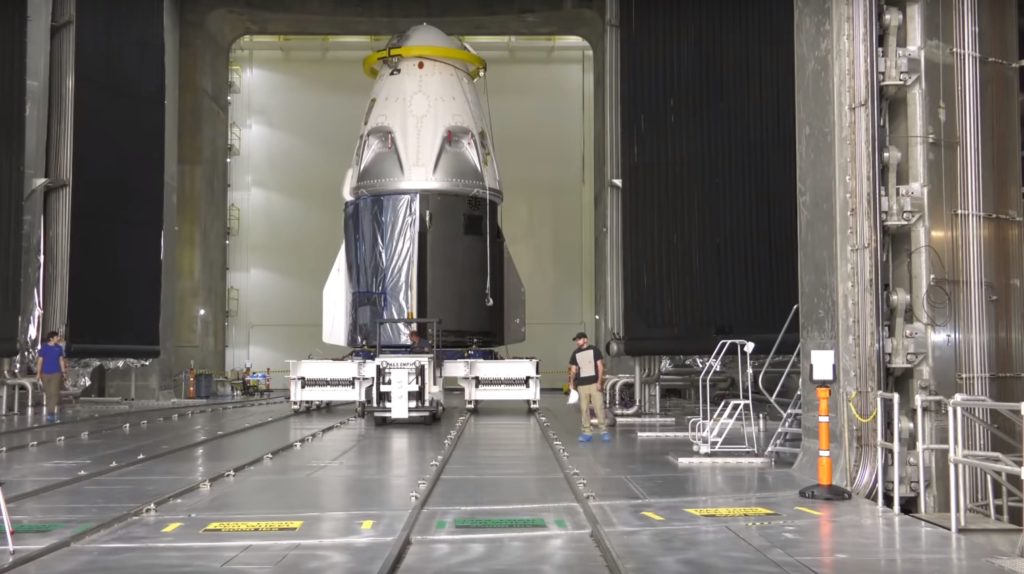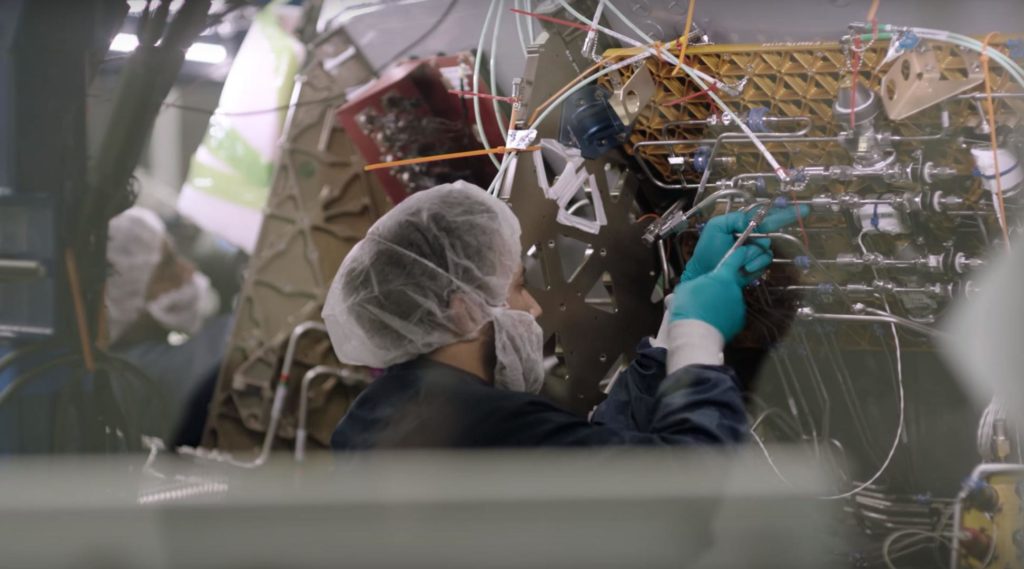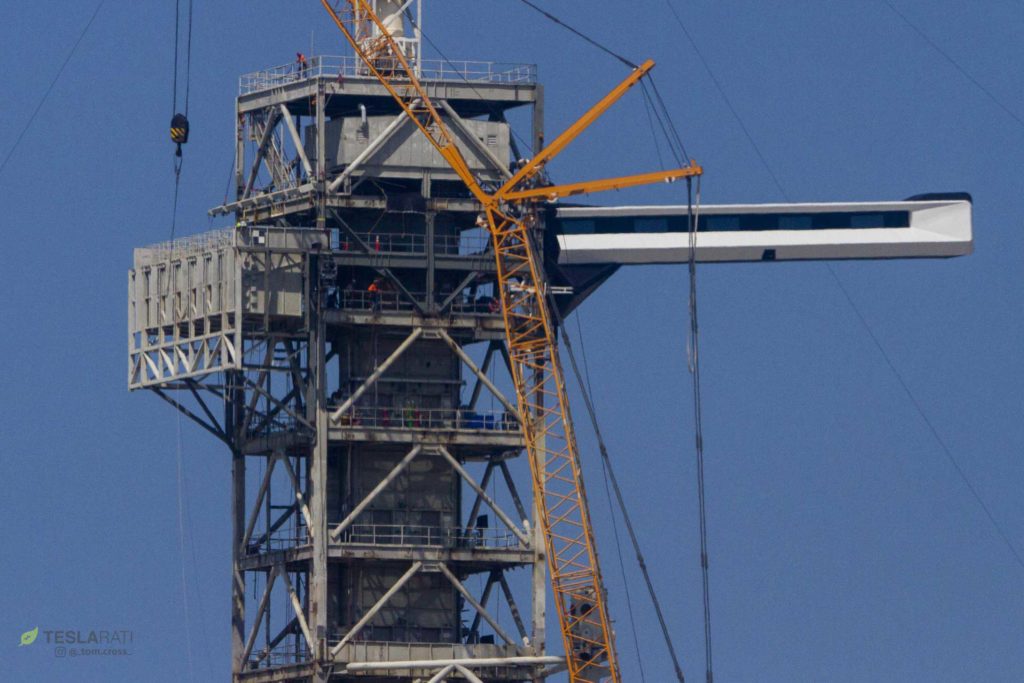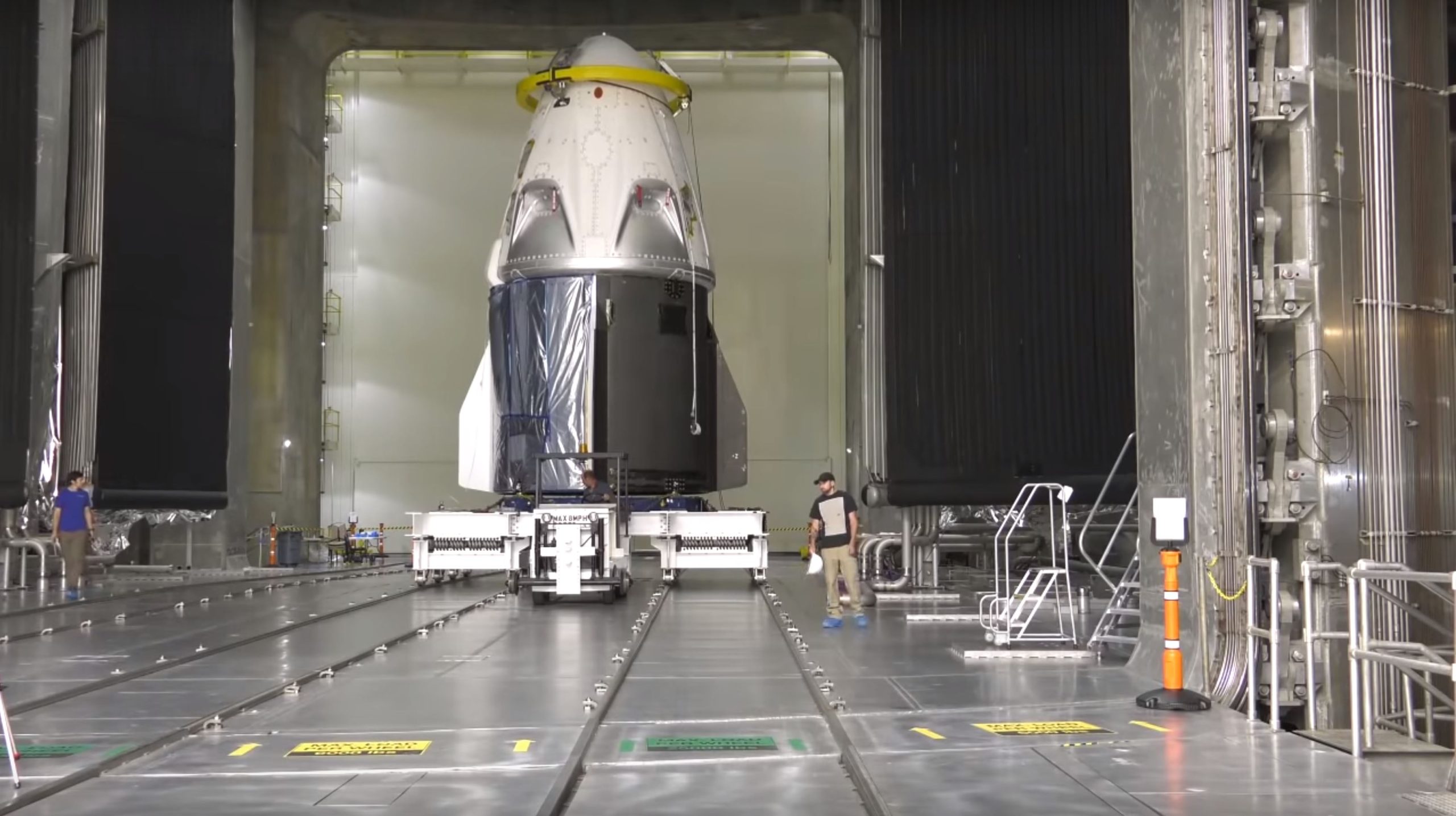
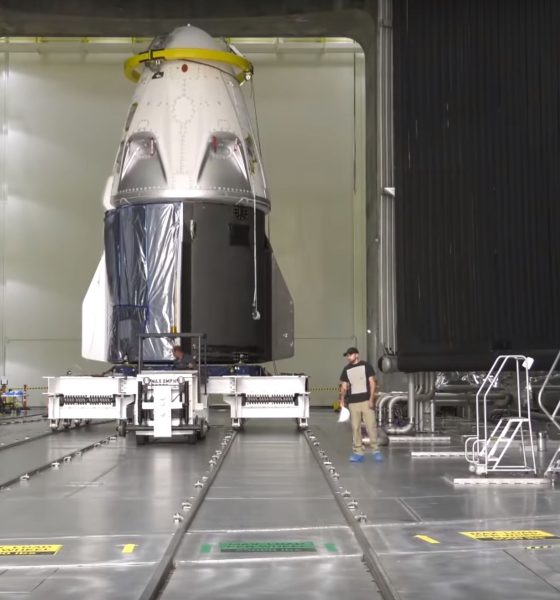
News
SpaceX and NASA reaffirm Crew Dragon’s January 2019 launch debut target
After what can only be described as an attempt to sandbag the official launch schedule, NASA administrator James Bridenstine remains alone in his public implication that the date for SpaceX’s first Crew Dragon test flight (DM-1) is so uncertain that “the first half of 2019” was the closest he would get to an estimate.
Such an uncertain estimate would normally be par for the course of NASA’s Commercial Crew Program (CCP), but the fact remains that SpaceX and NASA have recently filed for and received specific launch date allotments for Crew Dragon’s DM-1 launch, dates little more than 4-6 weeks away from today.
At the NAC HEO meeting, Bill Gerstenmaier says the SpaceX Demo-1 mission is planned “towards the end of January.”
— Jeff Foust (@jeff_foust) December 6, 2018
As such, the fact that NASA associate administrator Bill Gerstenmaier – a critical hands-on leader of NASA’s commercial and exploration programs – specifically stated that NASA and SpaceX are targeting DM-1’s launch in January is an unusually stark indication that the two senior NASA officials are not reading from the same script, so to speak. The reasons for the dramatic differences in official statements separated by just one week are hard to parse and would inevitably tread into waters of pure speculation and political machinations.
What is far more important is that Gerstenmaier – backed up by Phil McCalister, NASA Director of Commercial Spaceflight – reaffirmed that NASA is planning for the first orbital, uncrewed launch of SpaceX’s Crew Dragon as early as January 2019, albeit with a slight 10-day slip since the last specific launch date (January 7) was announced.
Speaking before and after Falcon 9’s recent launch of Cargo Dragon (CRS-16) on December 5th, SpaceX VP of Launch and Build Reliability Hans Koenigsmann added yet another voice to the chorus, stating that he and SpaceX were extremely confident that all the physical hardware and software aspects of Crew Dragon would be ready to launch no later than January 7th.
NASA’s Phil McAlister updates the status of SpaceX’s Demo-1 Crew Dragon spacecraft, and says the company aims to have all hardware ready by Dec. 20, then will stand down for the holidays before resuming launch preps in January. pic.twitter.com/XDubh95PEV
— Stephen Clark (@StephenClark1) December 6, 2018
Why so uncertain?
It’s impossible to fully delve into the complex political and bureaucratic intricacies of modern NASA, but the uncertainty within NASA and the deltas between NASA and SpaceX’s official statements can generally be explained by the simple fact that a number of critical final reviews have yet to be completed, reviews that will offer the final determination of when or if Falcon 9 and Crew Dragon are ready to launch.
Depending on the results of those readiness reviews, DM-1 could be given the go-ahead to launch in January or it could be delayed six months because NASA wants SpaceX to change a number of critical spacecraft systems, two extreme sides of what can be best described as a spectrum of possibilities.
In other words, SpaceX’s Koenigsmann and NASA’s Gerstenmaier and McCalister have since implied that they are confident that those final reviews will look favorably upon launch dates that approximate “ASAP”. Bridenstine, while technically the head of NASA, can thus be treated as a dissenting or outlier opinion in this case, presumably offering a worst-case-scenario of when SpaceX might be able to launch DM-1 if final reviews go very badly.
- SpaceX technicians move the integrated DM-1 Crew Dragon during a vacuum chamber test campaign. (SpaceX)
- A SpaceX employee works on the Crew Dragon assigned to DM-2, the first launch with astronauts aboard. (SpaceX)
- SpaceX installed its Crew Access Arm (CAA) in September 2018. (Tom Cross)
Bridenstine and Koenigsmann’s comments are worth looking at in a bit more depth, subtly but unequivocally pointing to the differences in opinion between NASA and SpaceX that clearly still float just beneath the public surface. Asked about Bridenstine’s suggestion that DM-1 could slip quite a bit, Koenigsmann offered a skeptical but levelheaded response:
“What I could see is a [slip of a] couple of days because of [Space Station] traffic. For example, CRS-16 (Cargo Dragon) is on station at the same time, lots of traffic, lots of crew time requirements, but our target is – at this point in time – mid-January, and we’re pushing as hard and [as diligently] as we can for this particular launch.”
In fact, it appears that NASA and SpaceX concluded, around the same point in time, that a new target of January 17th was preferable to account for the logistical scheduling concerns highlighted by Hans in the above quote, allowing 10 extra days for the International Space Station (ISS) crew to complete other spacecraft operations before Crew Dragon’s planned arrival.
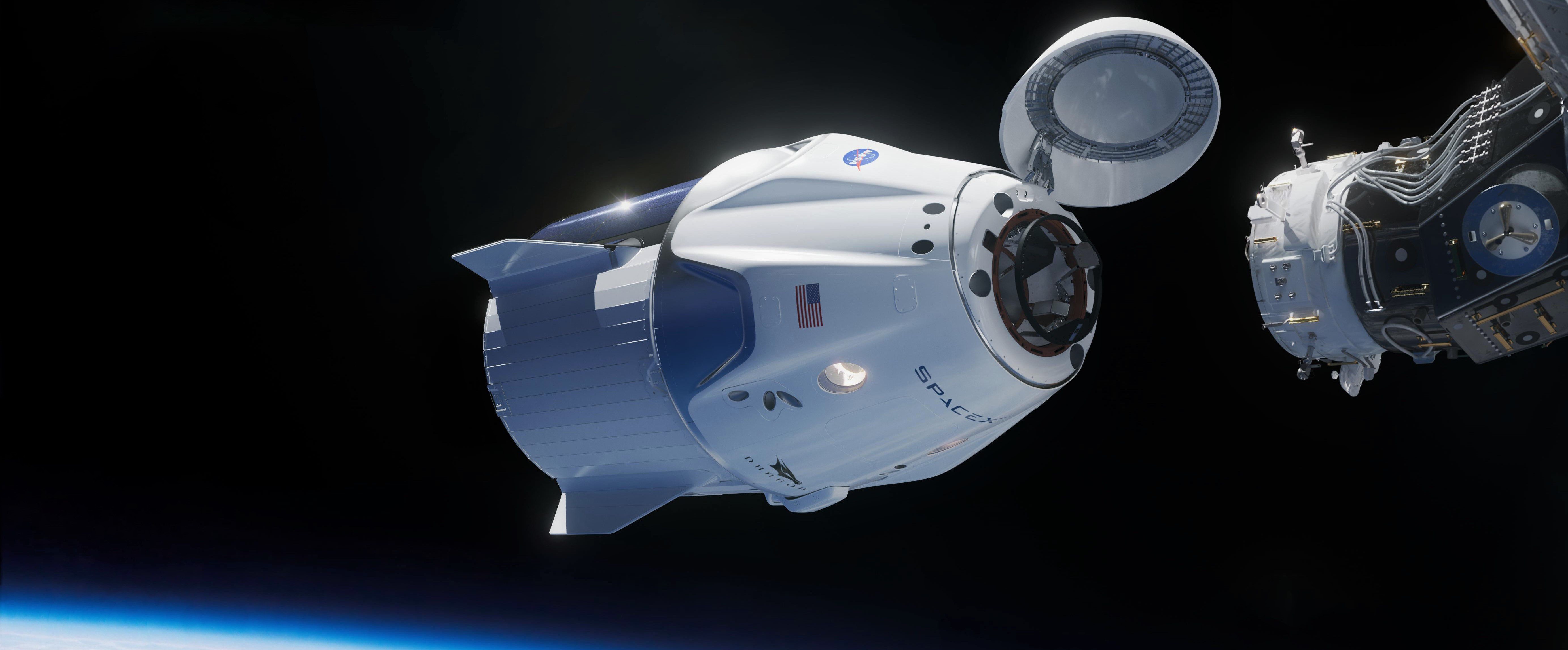
Even more intriguingly, local reporter Ken Kremer followed up with a question specifical triggered by Bridenstine’s suggestion (according to USA Today) that “challenges” with Crew Dragon’s landing parachutes were a leading factor in the unlikelihood of a January launch. Hans responded in his usual deadpan style:
“No; we’re working through issues, obviously, I mean every launch has things that we work through to make sure they work fine. [Dragon 2’s parachutes] actually have more redundancy than those on Dragon 1 and they are also [structurally] reinforced on Demo-1, so pretty sure [they’re] gonna be successful.”
Now we wait.
For prompt updates, on-the-ground perspectives, and unique glimpses of SpaceX’s rocket recovery fleet check out our brand new LaunchPad and LandingZone newsletters!

Elon Musk
Elon Musk and Tesla AI Director share insights after empty driver seat Robotaxi rides
The executives’ unoccupied tests hint at the rapid progress of Tesla’s unsupervised Robotaxi efforts.

Tesla CEO Elon Musk and AI Director Ashok Elluswamy celebrated Christmas Eve by sharing personal experiences with Robotaxi vehicles that had no safety monitor or occupant in the driver’s seat. Musk described the system’s “perfect driving” around Austin, while Elluswamy posted video from the back seat, calling it “an amazing experience.”
The executives’ unoccupied tests hint at the rapid progress of Tesla’s unsupervised Robotaxi efforts.
Elon and Ashok’s firsthand Robotaxi insights
Prior to Musk and the Tesla AI Director’s posts, sightings of unmanned Teslas navigating public roads were widely shared on social media. One such vehicle was spotted in Austin, Texas, which Elon Musk acknowleged by stating that “Testing is underway with no occupants in the car.”
Based on his Christmas Eve post, Musk seemed to have tested an unmanned Tesla himself. “A Tesla with no safety monitor in the car and me sitting in the passenger seat took me all around Austin on Sunday with perfect driving,” Musk wrote in his post.
Elluswamy responded with a 2-minute video showing himself in the rear of an unmanned Tesla. The video featured the vehicle’s empty front seats, as well as its smooth handling through real-world traffic. He captioned his video with the words, “It’s an amazing experience!”
Towards Unsupervised operations
During an xAI Hackathon earlier this month, Elon Musk mentioned that Tesla owed be removing Safety Monitors from its Robotaxis in Austin in just three weeks. “Unsupervised is pretty much solved at this point. So there will be Tesla Robotaxis operating in Austin with no one in them. Not even anyone in the passenger seat in about three weeks,” he said. Musk echoed similar estimates at the 2025 Annual Shareholder Meeting and the Q3 2025 earnings call.
Considering the insights that were posted Musk and Elluswamy, it does appear that Tesla is working hard towards operating its Robotaxis with no safety monitors. This is quite impressive considering that the service was launched just earlier this year.
Elon Musk
Starlink passes 9 million active customers just weeks after hitting 8 million
The milestone highlights the accelerating growth of Starlink, which has now been adding over 20,000 new users per day.

SpaceX’s Starlink satellite internet service has continued its rapid global expansion, surpassing 9 million active customers just weeks after crossing the 8 million mark.
The milestone highlights the accelerating growth of Starlink, which has now been adding over 20,000 new users per day.
9 million customers
In a post on X, SpaceX stated that Starlink now serves over 9 million active users across 155 countries, territories, and markets. The company reached 8 million customers in early November, meaning it added roughly 1 million subscribers in under seven weeks, or about 21,275 new users on average per day.
“Starlink is connecting more than 9M active customers with high-speed internet across 155 countries, territories, and many other markets,” Starlink wrote in a post on its official X account. SpaceX President Gwynne Shotwell also celebrated the milestone on X. “A huge thank you to all of our customers and congrats to the Starlink team for such an incredible product,” she wrote.
That growth rate reflects both rising demand for broadband in underserved regions and Starlink’s expanding satellite constellation, which now includes more than 9,000 low-Earth-orbit satellites designed to deliver high-speed, low-latency internet worldwide.
Starlink’s momentum
Starlink’s momentum has been building up. SpaceX reported 4.6 million Starlink customers in December 2024, followed by 7 million by August 2025, and 8 million customers in November. Independent data also suggests Starlink usage is rising sharply, with Cloudflare reporting that global web traffic from Starlink users more than doubled in 2025, as noted in an Insider report.
Starlink’s momentum is increasingly tied to SpaceX’s broader financial outlook. Elon Musk has said the satellite network is “by far” the company’s largest revenue driver, and reports suggest SpaceX may be positioning itself for an initial public offering as soon as next year, with valuations estimated as high as $1.5 trillion. Musk has also suggested in the past that Starlink could have its own IPO in the future.
News
NVIDIA Director of Robotics: Tesla FSD v14 is the first AI to pass the “Physical Turing Test”
After testing FSD v14, Fan stated that his experience with FSD felt magical at first, but it soon started to feel like a routine.

NVIDIA Director of Robotics Jim Fan has praised Tesla’s Full Self-Driving (Supervised) v14 as the first AI to pass what he described as a “Physical Turing Test.”
After testing FSD v14, Fan stated that his experience with FSD felt magical at first, but it soon started to feel like a routine. And just like smartphones today, removing it now would “actively hurt.”
Jim Fan’s hands-on FSD v14 impressions
Fan, a leading researcher in embodied AI who is currently solving Physical AI at NVIDIA and spearheading the company’s Project GR00T initiative, noted that he actually was late to the Tesla game. He was, however, one of the first to try out FSD v14.
“I was very late to own a Tesla but among the earliest to try out FSD v14. It’s perhaps the first time I experience an AI that passes the Physical Turing Test: after a long day at work, you press a button, lay back, and couldn’t tell if a neural net or a human drove you home,” Fan wrote in a post on X.
Fan added: “Despite knowing exactly how robot learning works, I still find it magical watching the steering wheel turn by itself. First it feels surreal, next it becomes routine. Then, like the smartphone, taking it away actively hurts. This is how humanity gets rewired and glued to god-like technologies.”
The Physical Turing Test
The original Turing Test was conceived by Alan Turing in 1950, and it was aimed at determining if a machine could exhibit behavior that is equivalent to or indistinguishable from a human. By focusing on text-based conversations, the original Turing Test set a high bar for natural language processing and machine learning.
This test has been passed by today’s large language models. However, the capability to converse in a humanlike manner is a completely different challenge from performing real-world problem-solving or physical interactions. Thus, Fan introduced the Physical Turing Test, which challenges AI systems to demonstrate intelligence through physical actions.
Based on Fan’s comments, Tesla has demonstrated these intelligent physical actions with FSD v14. Elon Musk agreed with the NVIDIA executive, stating in a post on X that with FSD v14, “you can sense the sentience maturing.” Musk also praised Tesla AI, calling it the best “real-world AI” today.
